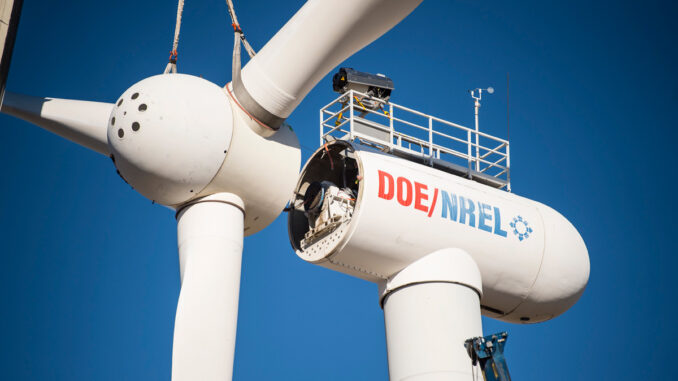
That’s the headline of a new study, “Affordable and Reliable Decarbonization Pathways for Montana,” commissioned by 350 Montana. (Download the study, PDF)
Blessed as we are with world-class hydroelectric, wind, and solar generation, Montana can retire its Colstrip coal plants, never build another natural gas plant, and still meet people’s energy needs through clean, renewable energy, while reducing ratepayer electricity bills and boosting the state’s economy.
We can expand employment and, as a net exporter, sell surplus clean energy produced in-state to fill an almost insatiable regional energy demand.
350 Montana teamed with Grid Lab and hired an experienced Colorado firm, Vibrant Clean Energy, to evaluate five separate pathways: business-as-usual, keeping coal, moving to 100 percent renewable electricity by 2035 but allowing imports, moving to 100 percent renewable electricity by 2035 without imports, and a rapid “de-carbonization” of Montana’s entire energy sector.
The results are startling. Given that utility-scale solar has fallen in price by 89 percent over the past 10 years and wind has fallen 70 percent, Montana can retire its fossil fuel plants and replace them with reliable renewable energy backed by battery storage and save ratepayers billions of dollars. If we keep Colstrip going, on the other hand, it will cost ratepayers more than a $1 billion by 2040.
“Coal generation is the main impediment to achieving lower system costs and retail rates for customers in Montana,” our report concludes.
Steve Running, Ph.D., Montana’s Nobel Laureate climate scientist, describes Vibrant Clean Energy this way: “Vibrant Clean Energy is led by PhD scientists who discovered their research in electrical grid optimization had such immediate policy relevance that they started VCE to meet this demand. The VCE optimization modeling is state of the art and incorporates the latest geospatial datasets and climatologies.”
Download the study Affordable and Reliable Decarbonization Pathways for Montana (PDF). Our executive summary is here (PDF). A brief fact sheet is here (PDF).